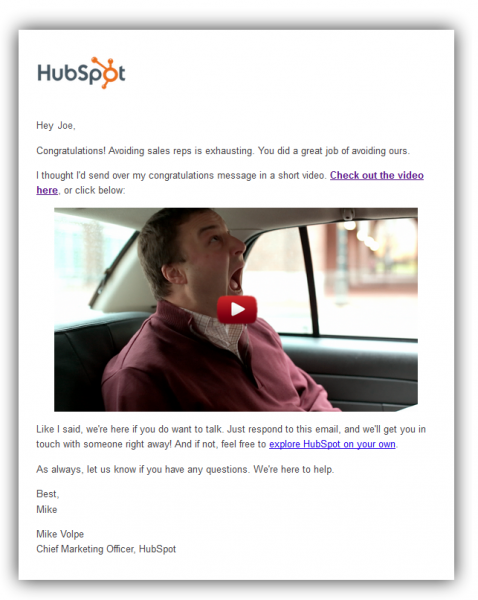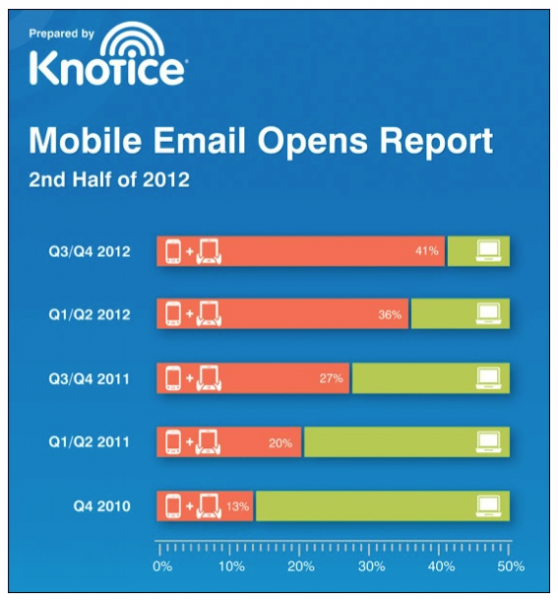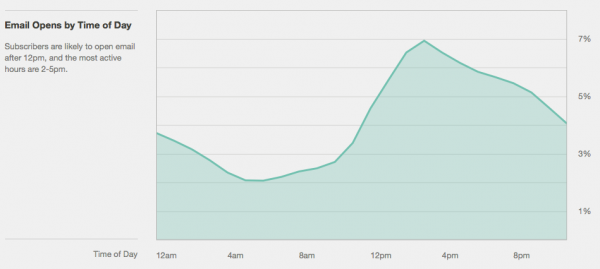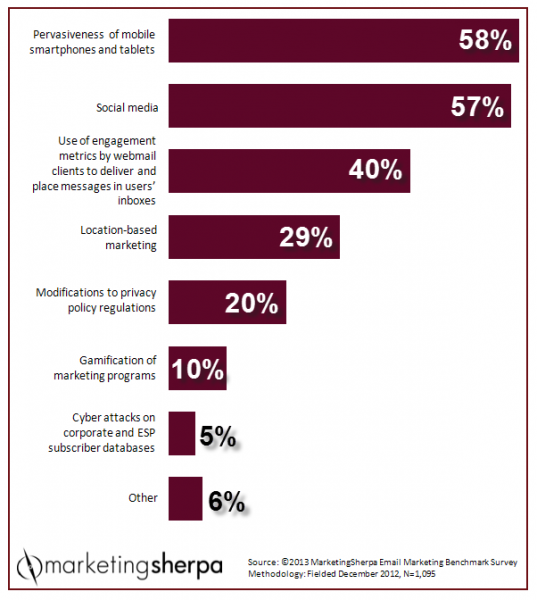Long subject lines are OK, don’t call it a newsletter, and other email gossip
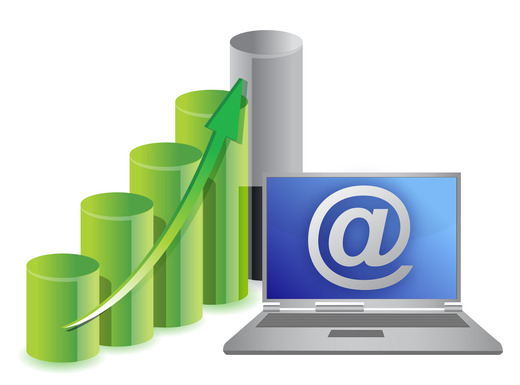
As online professionals, we spend a lot of our time testing, researching and applying new strategies to create “best practices.” Sometimes these practices apply to everyone and sometimes they just apply to us. It’s the “testing” part of it that’s so crucial to determine which is which.
Along with the most popular content, publishers pay close attention to click-throughs per campaign, revenue per subscriber, revenue per thousand emails sent and revenue per campaign. These metrics help you plan future email marketing campaigns and create new best practices for your company.
Understanding these metrics and detailing them each quarter can help you tighten up any weak links in your email newsletters and email marketing campaigns. And that’s without considering the actual design of your email pieces.
Today we’re going to take a break for our email best practices to share some recent research. Let us know if you agree/disagree with some of their sentiments.
Subject line length means nothing, via Mailchimp.
Last September, Mailchimp “pulled information on 12 billion email sends” and “analyzed subject line length versus open and click rate.” Their finding? “We found, on the whole, not only no causation, but even no correlation. Over six billion of the emails we studied showed little or no correlation between performance and subject length.”
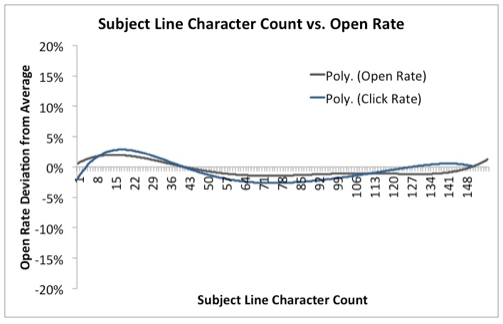
Don’t call it a “newsletter,” says Adestra
According to the study, “the word ‘newsletter’” doesn’t perform well in email subject lines. Use words like “alert,” “breaking,” “news,” or “update” instead. These words create a stronger sense of urgency and interest.”
Other findings when it comes to choosing your copy, according to Susan Gunelius:
- The word “report” doesn’t perform as well as “research” in email subject lines. “Issue” and “latest” perform well, but “forecast” and “whitepaper” do not.
- The words “ROI,” “asset,” and “industry” do not perform well. On the other hand, “profit” performs well, followed by “money” and “revenue.”
In five minutes, you can set up an automated email that will help you understand your recent signups and convert more of them from free to paid, via Colin Nederkoorn at UnBounce.
[text_ad]
Unbounce dubs this magic email the “surprise personal email” and it looks like this:
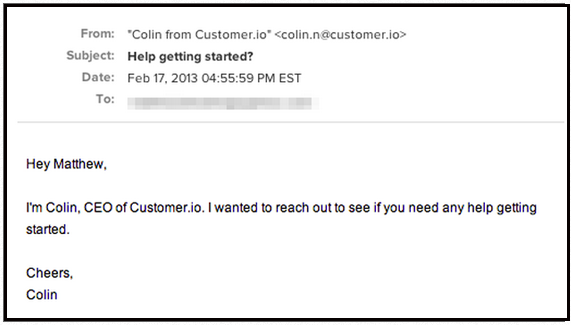
In terms of copy, it’s simple because it’s so very familiar. It’s not even a formula, or if it is, it’s the one formula we all know – a hand-written email.
One big tip from Nederkoorn is this:
Don’t send immediately because that’s too soon. You could try the timing we use: 32 minutes after someone signs up for our product. That’s just enough time for them to have a look around. Usually they’ll have a bunch of questions.
Business owners who have started using it claim to get a 25% reply rate and increased visitor satisfaction.
Being personal and keeping your lists clean can improve clickthrough rate rates by 583%, says HubSpot.
According to Hubspot, they were able to crush industry benchmarks to get an email clickthrough rate of 16.4%, which is 583% higher than average.
A few of their recommendations:
- Build a permission-centric, opt-in database of contacts using inbound marketing (aka effective conversion architecture)
- Segment lists so that readers only get the topics they want
- Send hilarious videos to people who haven’t engaged with your emails in a while
And the copy doesn’t hurt either. They start with “Congratulations! Avoiding sales reps is exhausting. You did a great job avoiding ours.” Bold and honest with a dab of humor. The nature of this email helped HubSpot win back customers who had been unenchanted by them for some time.
The number of commercial emails opened on mobile devices is expected to be higher than PC-based emails by the end of the year according to MarketingLand.
We already know mobile is huge, but how huge? “Knotice says 41 percent of commercial emails were opened on mobile devices in the second half of 2012 — up from 27 percent a year earlier and just 13 percent at the end of 2010.” Because of that trend, they’re predicting 50% by the end of the year. If you’re not creating mobile-friendly emails by the end of the year, watch out. And even though we just reported that email subject length doesn’t matter, I still think it’s important to work on your short, quippy subject lines for this reason alone.
Subscribers are likely to open email after 12pm, and the most active hours are 2-5pm according to MailChimp.
This stat must not have a huge amount of data from business users who open email pretty much all day long, but let’s face it, there are a heck of a lot more consumers out there. We’re all consumers! The ironic bonus is that “most emails are sent between Monday and Friday, with the highest volume on Tuesday and Thursday. More subscribers open email, however, on Wednesday and Thursday.”
Marketers say that mobile formats, social media and engagement metrics will effect their email marketing programs this year, according to MarketingSherpa.
While it’s no surprise that 58% of marketers see mobile as the changeling this year, MarketingSherpa reports, “Social media and webmail engagement metrics were expected to be similarly important, with 57% and 40% of respondents citing these factors, respectively. Notably, as we found in subsequent charts in the Benchmark Report, several business sectors saw social media as having the most potential impact on their future email success.”
Email is alive and thriving. If you want to be the most accurate email marketer possible, you need to understand every aspect of your email endeavors. Email copywriting is just one element in the whole circus and staying up to date on research is the best way you can watch what everyone else is doing and inspire a few tests of your own.
